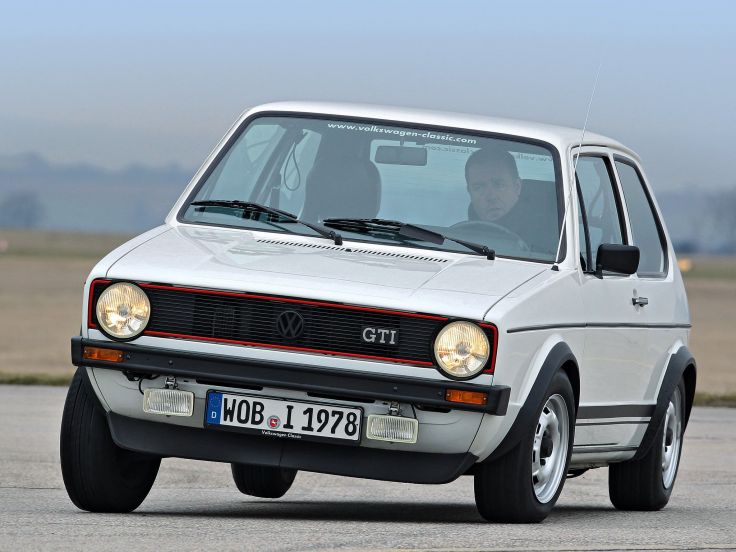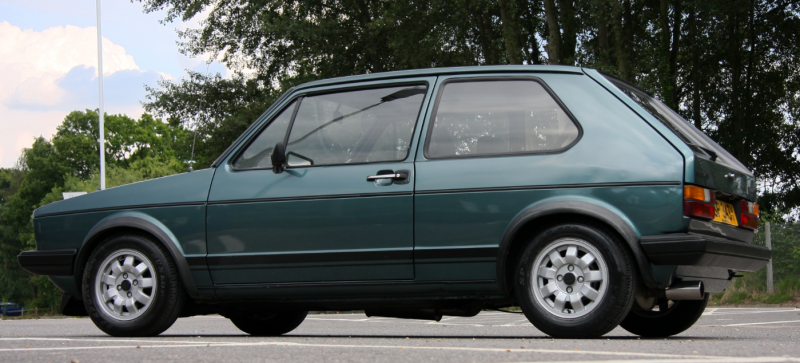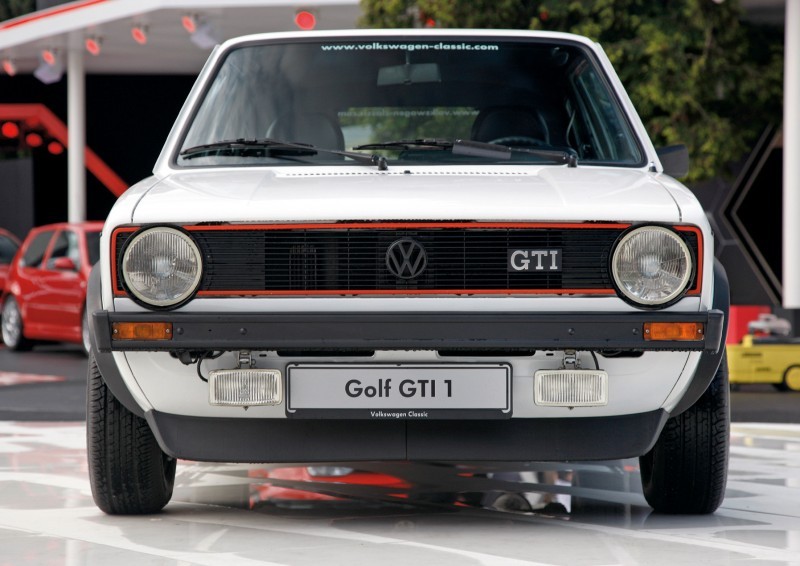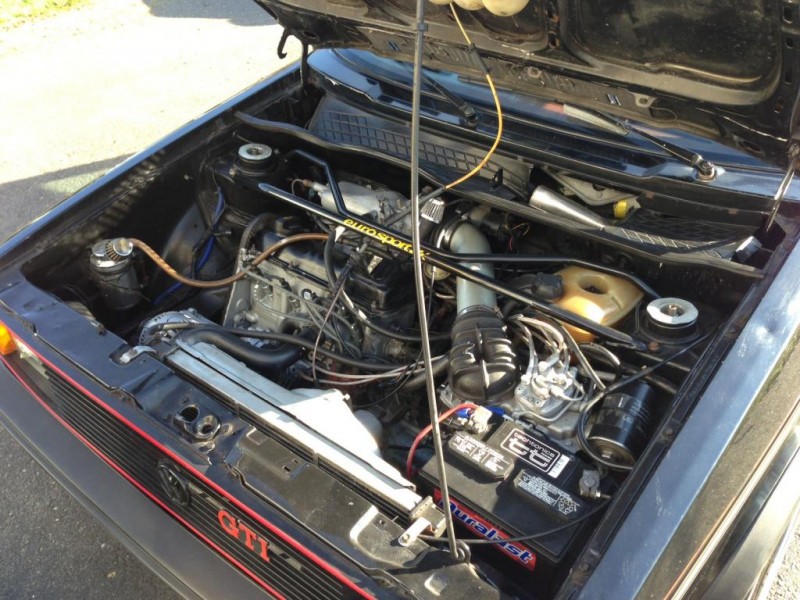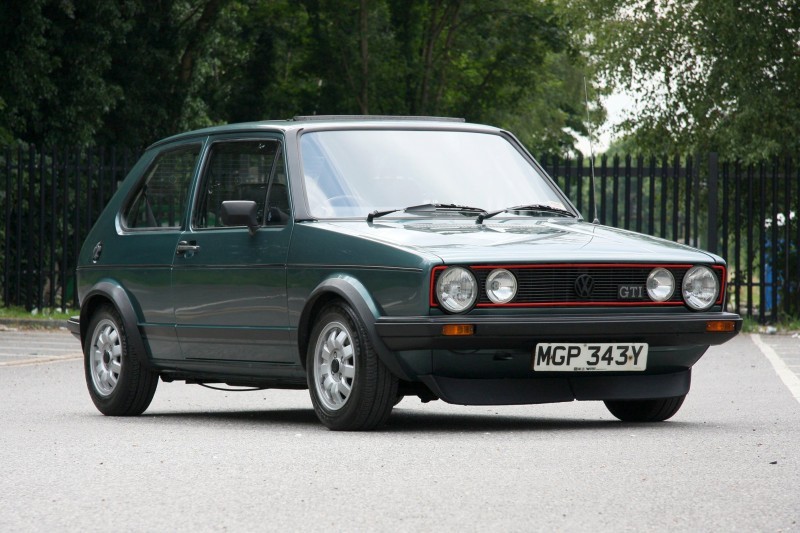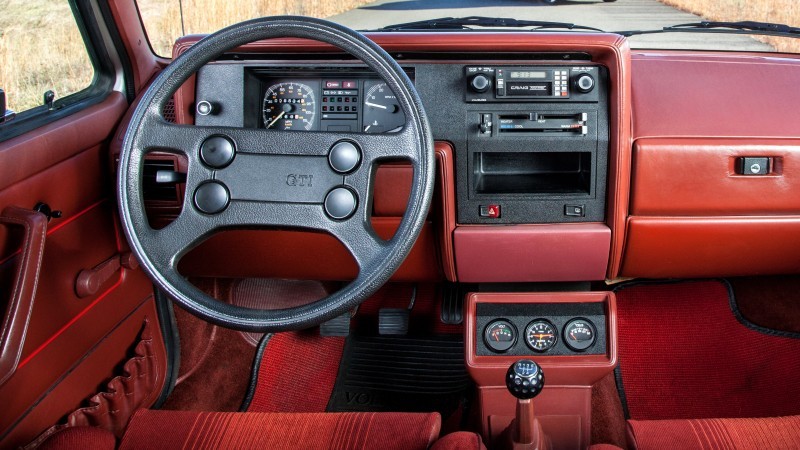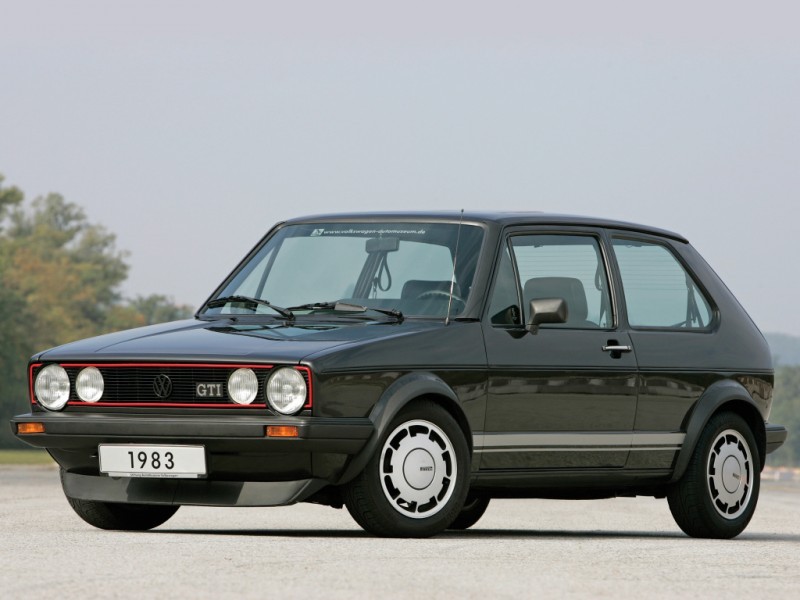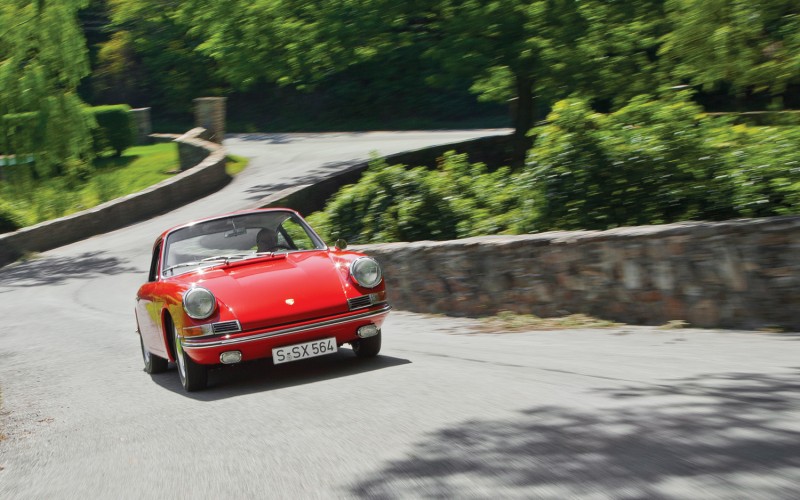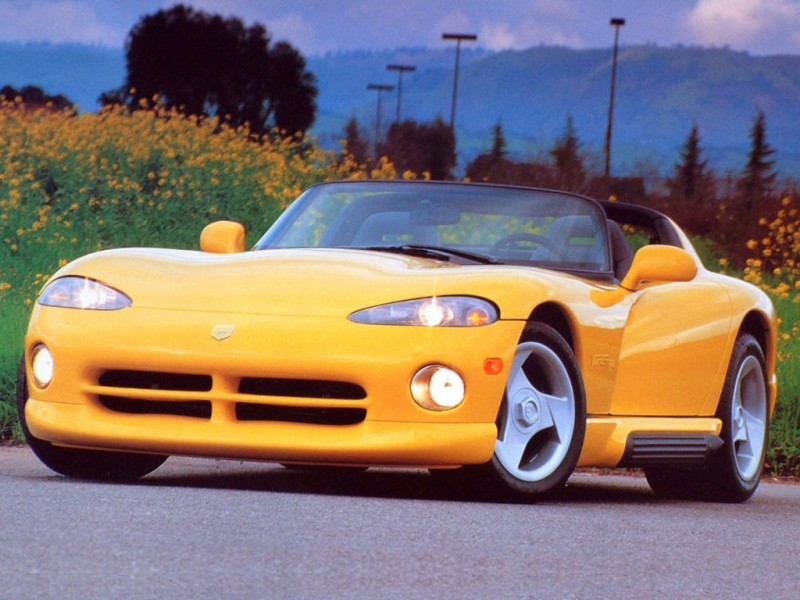Throughout history, it is often the case that the most revered, and remembered, icons were not necessarily the first of their design. For example – Charles Lindbergh is credited for being the first to fly across the Atlantic ocean, but he was only the first to do it alone. The first woman in space, the telephone, the printing press, and even the light bulb are all attributed to more legendary names that often were just better at promoting themselves or had better luck. Such is the case with the hot hatchback segment of cars.
In 1971, Autobianchi took their mundane A112 hatchback over to the famous Italian designer, and racing manager, Carlo Abarth and let the man go to work on a performance version. When the dust settled around the workshop, the first ‘hot’ hatch car was born into existence. Wait, hold on, Autobianchi? Not Volkswagen’s GTI? It is true.
But even though Volkswagen was not first to market, the GTI would ultimately live a much more illustrious life because of promotion, luck, and just simply being better than the rest. Today we are covering the first Volkswagen GTI, which truly is the grandfather of the ‘Hot’ hatches.
The Golfstream & the Hare
In 1974, Volkswagen brought the world the Golf. It came with a clandestine goal of shifting the love away from the aging Beetle and into the greener pastures of a new model. The Beetle would still have legions of supporters though and, although the Golf was a better platform than the 40-year-old veteran, production of both cars would steam on.
The Golf was front-engined, front-wheel drive, and had a water-cooled inline-4 cylinder motor (1.1 liters & 1.5 liters). In fact, the only similarity between it and the Beetle was the corporate first name they shared. Even the Golf’s body, designed by Giorgetto Giugiaro, was in stark contrast to the Beetle’s rotund styling. The Golf was squared off, boxy and reflected the design language of the 1970s better than the curvaceous bubble that was the Beetle. In 1976, Volkswagen took the Golf (named after the air current) to the United States where it was sold as the Rabbit. Later, in 1979, at a factory in Westmoreland, Pennsylvania, (in a restored Chrysler plant) Volkswagen would begin Rabbit production. This move would mark the first time a foreign automaker produced cars in the United States since Rolls-Royce production ended in Massachusetts in 1931.
Gran Turismo Iniezione
From its inception, the Golf was a smashing success, but Alfons Löwenberg, a Volkswagen engineer, saw even more potential. He and his team wanted to build an even sportier Golf and began working on a prototype. So they took a Scirocco chassis (shared with the Golf) added an Audi 80 GT’s 1.6-liter motor, firmed up the suspension, and unmuffled the exhaust. The result was essentially a track-day prepared Golf that would not pass Volkswagen management approval; so they dialed everything back a bit. When the prototype was first presented, at Ehra-Lessien, to the Volkswagen brass they were delighted at the way the peppy Golf Löwenberg and his team had designed and approved it for production immediately.
The Second Of Its Kind
What set Autobianchi’s Abarth away from the rest of the A112 field was not just the increased power but revisions to the body styling, suspension, and interior that all justified it as being ‘hotter’ than the others. In 1975, at the Frankfurt Motor Show, the public had their first look at the hotter version of Volkswagen’s Golf.
Aerodynamically the car sported large plastic wheel arches that protruded out from the body and gave off a bulldog-like stance. In between the wheel wells black striping provided a stark contrast to the body’s glossy paintwork. Upfront, and below the black grill, with red pin-striping and GTI badging, a large chin spoiler diverted air downward to create real downforce over the front axle. Inside the cabin, the athletic influence continued in the way of more instrument dials in the cluster (including tachometer), black headliner, tartan upholstered sports seats, and even a golf ball like gear lever – a clever play on the name.
All of this was after-thought to Löwenberg though because the real spice came from that Audi 80 motor. The GTI would initially be rated at 110 horsepower and 103 lbs-feet of torque. This bump in 10 horsepower over the original engine was made possible through the addition of a Bosch K-Jetronic fuel injection system, higher compression, and larger intake ports. Revised suspension work brought a stiffer ride, and 175-millimeter tires gave exceptional grip, given the era. Plus, at a featherweight 1,785 pounds (810kg) the petite grand-tourer could scoot to 60 mph in 9 seconds and would send you blitzing by traffic at a top speed of 110 mph!
The GTI are Coming!
Although the Golf (Rabbit) had been on sale in the United States since 1976, the introduction of the GTI made it not even fashionably late to the party. More aptly put, it crashed into the room in 1983, just as the rest of the Rabbit line-up was saying their good-byes. What it brought to the States was equally unfashionable, given its marketing. With it was a 1.8-liter motor that resulted in a saddening 90 horsepower; despite lighter pistons, freer flowing exhaust tubing, and other modifications.
Also, due to stifling U.S. regulations on how cars could look, the fashionably European GTI was Americanized. Further, squared front styling (including headlights), larger crash bumpers, and revised wheel styling were just some of the changes that had to be made. In 1984, there would be no changes as the Mk.II Rabbit would be coming into production, and the name would now become the Golf in the United States as well.
A 3-Door Legacy
In 2004, Sports Car International declared the Mk. I GTI to be the third-best car of the 1980s; this is just one of many accolades the Mk. I would receive. Throughout the GTI’s life, it has evolved to become stronger and more sturdy but has always retained its core principle of a daily driver that can duke it out with sports cars. So what made the GTI the grandfather of the ‘Hot’ Hatch and not Autobianchi’s Abarth A112 then?
Well, it is what always divides the firsts from the greats – the luck, the passion, and simply being better. Volkswagen pushed harder for the GTI to take hold and performed the work themselves, ensuring consistency and volume. The coterie of cars modeled after the GTI – and not the A112 – is exactly why it is the icon we think of first when we hear ‘Hot’ hatch.
Specifications
- Years – 1976 – 1984
- Layout – Front Engine
- Drive – FWD
- Body Style – 3-Door Hatch
- Seating – 4
- Motor – Inline 4
- Displacement – 1.6 / 1.8 liters
- Power (hp) – 108
- Torque (lbs-ft) – 103
- Transmission – 5-speed manual
- Wheelbase – 2,400 mm (94.5 in)
- Weight – 810 Kg (1,785 lbs)
- 0-60 mph – 9 seconds
- Top Speed – 110 mph (177 km/h)

